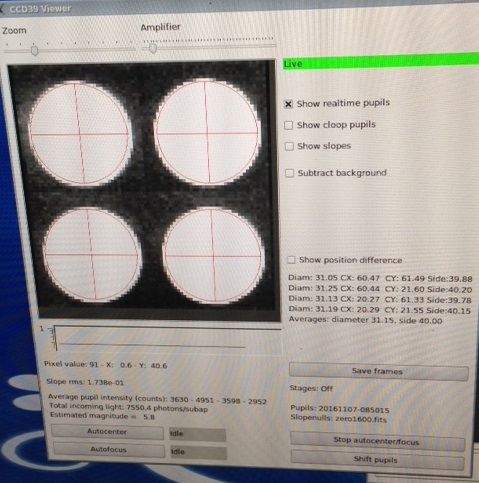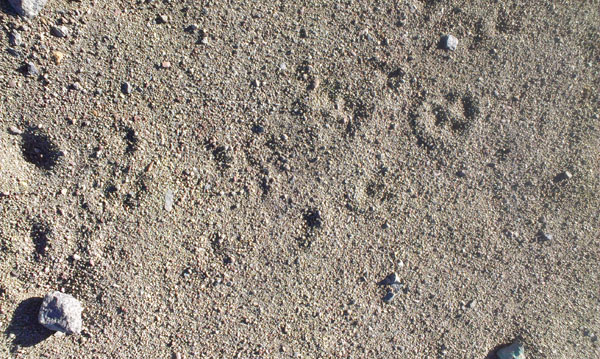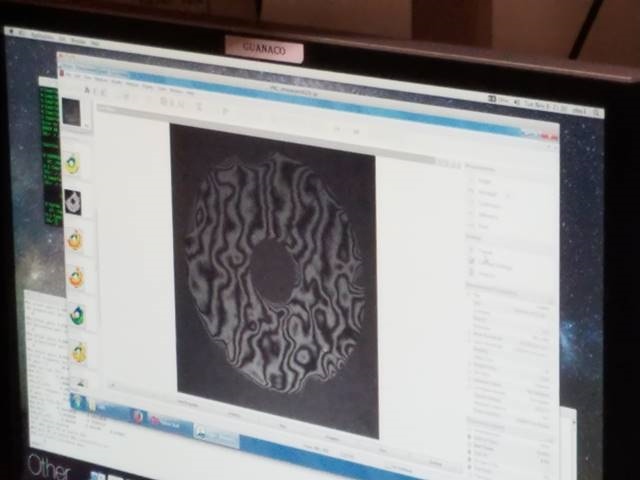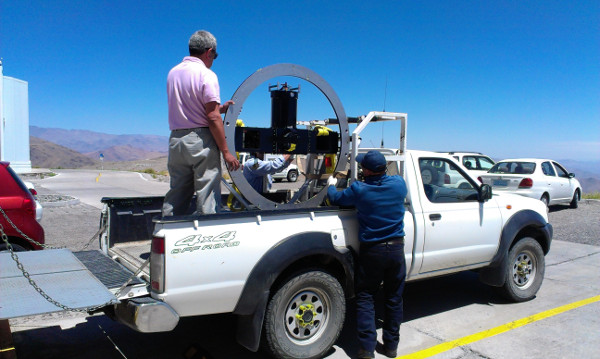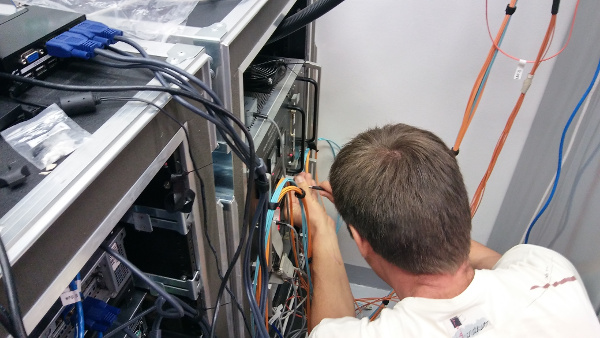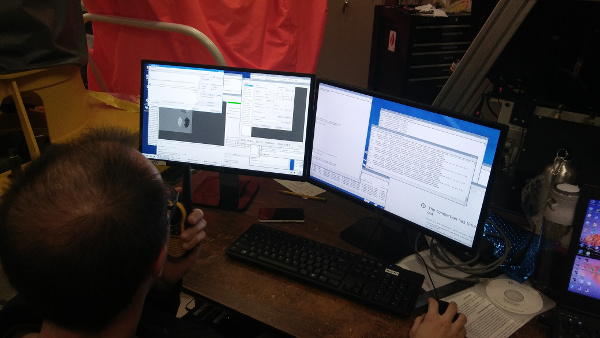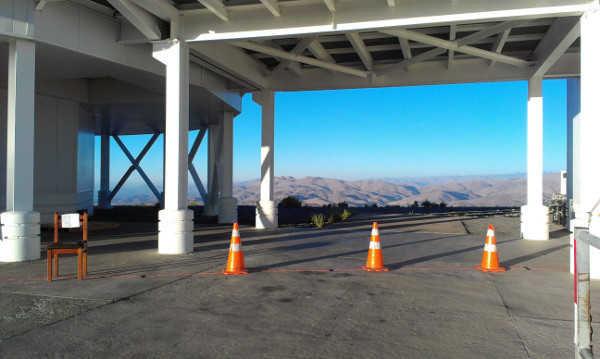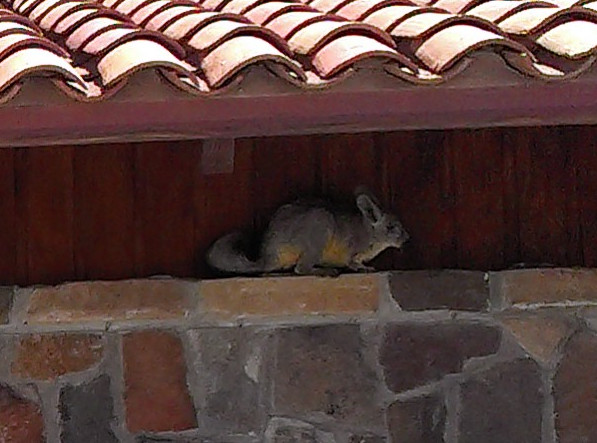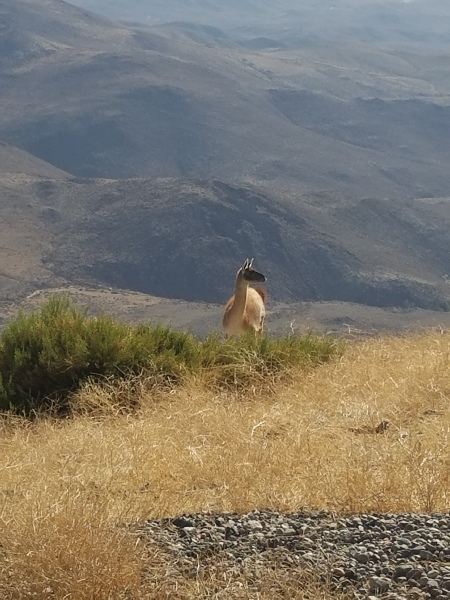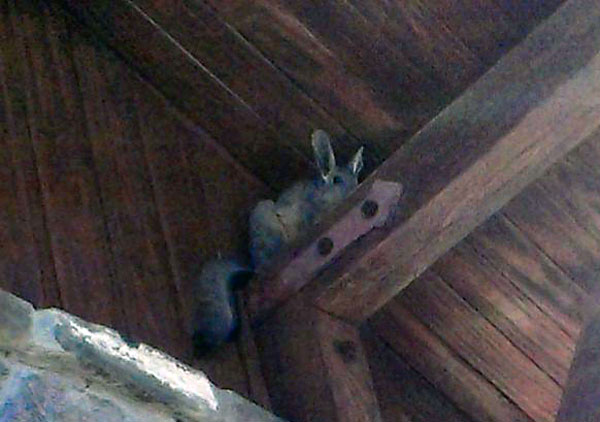Commissioning is a long and windy road, not unlike Odysseus’ journey in the Odyssey. The MagAO team has traveled half way around the world, and have had our share of battling monsters (like our deformable mirror!), and treasure hunts (to spot that elusive green flash!). We are so close to the end of our journey, only two more days and we should be on sky!

Speaking of mythical creatures…. Professor Laird Close caught this awesome shot of a viscacha mid hop.
As you can imagine things are getting busier than ever as we ramp up to go on sky. Here is a video of Dr. Katie Morzinski preparing the CLIO infrared camera for the telescope! She is filling the dewar with liquid nitrogen to cool it 55K! Watching her made us wish we had the stuff to make Dip N Dots…
The wavefront sensor dynamic duo finally achieved a pupil separation of 40 pixels!

The rest of the AO team has been hard at work getting the deformable secondary up and running! But I don’t have any pictures sorry guys.
 Gary Galileo the Guanaco working hard directing observatory traffic
Gary Galileo the Guanaco working hard directing observatory traffic
 After a long day the MagAO team takes a moment to admire the sunset…
After a long day the MagAO team takes a moment to admire the sunset…
 … And take an obligatory selfie of course!
… And take an obligatory selfie of course!
Song of the day is both space and Odyssey themed!
Out Hud 2005: A Face Odyssey
